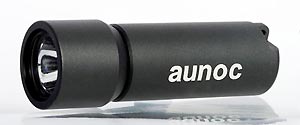- Home
- Directory
- Shop
- Underwater Cameras - Photographic Accessories
- Smartphone Housings
- Sea Scooters
- Hookah Dive Systems
- Underwater Metal Detectors
- Dive Gear
- Dive Accessories
- Diving DVD & Blu-Ray Discs
- Diving Books
- Underwater Drones
- Drones
- Subscriptions - Magazines
- Protective Cases
- Corrective Lenses
- Dive Wear
- Underwater Membership
- Assistive Technology - NDIS
- On Sale
- Underwater Gift Cards
- Underwater Art
- Power Stations
- Underwater Bargain Bin
- Brands
- 10bar
- AOI
- AquaTech
- AxisGo
- Backscatter Underwater Video and Photo
- BLU3
- Cayago
- Chasing
- Cinebags
- Digipower
- DJI
- Dyron
- Edge Smart Drive
- Eneloop
- Energizer
- Exotech Innovations
- Fantasea
- Fotocore
- Garmin
- Geneinno
- GoPro
- Hagul
- Hydro Sapiens
- Hydrotac
- Ikelite
- Indigo Industries
- Inon
- Insta360
- Intova
- Isotta Housings
- Jobe
- JOBY
- Kraken Sports
- LEFEET
- Mirage Dive
- Nautica Seascooters
- Nautilus Lifeline
- NautiSmart
- Nitecore
- Nokta Makro
- Oceanic
- Olympus
- OM System
- Orca Torch
- Paralenz
- PowerDive
- QYSEA
- Scubajet
- Scubalamp
- Sea & Sea
- SeaDoo Seascooter
- SeaLife
- Seavu
- Shark Shield
- Sherwood Scuba
- Spare Air
- StickTite
- Sublue
- Suunto
- SwellPro
- T-HOUSING
- Tusa
- U.N Photographics
- Venture Heat
- XTAR
- Yamaha Seascooter
- Youcan Robot
Sharks in the Fairy Bower
Contributed by Simon
The seas were angry on Saturday, my friends! Big seas rolling in from the south ruled out diving Freshwater Beach (one of my favourite Northern Beaches dives), so we opted for the old faithful of Shelly Beach instead.
Shelly is always a great dive. Being a marine sanctuary, it is always full of interesting marine life, including various sub-tropical species which you don't normally see around Sydney. The 'normal' dive at Shelly involves an easy beach entry, followed by a leisurely swim along the reef on the eastern side of the beach. This site is very popular with beginners, instructors, and macro photographers. There are no significant hazards (aside from council rangers in the 'pay and display' carpark), and the maximum depth is about 10m with a shovel.
Now, I'd heard rumours of sharks lurking on the western side of the beach, in an area known as 'Fairy Bower'. These rumours circulate from time to time - stories of large bronze whalers and the like lurking in the 4m depths of this popular swimming spot - however in 20-30 dives here I've never seen anything more exciting than a PJ. Until Saturday...
Our intrepid crew of sharkhunters set out swimming along the reef at Fairy Bower, straining our eyes against the 3m visibility and struggling to maintain neutral bouyancy at depths of 3-4m. Within minutes of descending, we saw the first shark - a curious but shy juvenile dusky shark, which cruised past to check us out before taking off into the turbid water.
She came back to visit us again a few times over the next 30 minutes, while we explored the Bower - observing plenty of goatfish, wrasse, grouper, drummer, a large red rock cod (sitting in seagrass?) and one of the biggest flathead I've ever seen. It wasn't until we turned to swim back into Shelly Beach that we found the school - approximately 10 juvenile dusky sharks, all swimming around at a depth of 5m, and seemingly favouring the more turbid water with the occasional excursion to check us out in the clear water.
The sharks were all roughly the same size - about 0.8m long. From my brief research, I've learned that these are Dusky Sharks, a species of requiem shark. They normally live in deeper parts of the ocean, but are believed to come into coastal waters to breed. They reach maturity at about 2m, and give birth to litters of about 10 pups at a time. All requiem sharks appear to be considered "dangerous", although there do not appear to be any attacks on humans attributed to them. The main reason they are dangerous is that mature sharks (2 to 4m in size) have big mouths with sharp teeth and like any wild animal they might bight if they are threatened (or hungry...).
The school at Fairy Bower are clearly juveniles, and whilst they certainly have teeth, the sharks themselves are not big enough to be dangerous to divers - yet. Nevertheless, if you plan to check them out, I'd recommend removing any metal jewellery or other dangly bits which might be appealing to a baby shark.
Useful Facts:
Location: Shelly Beach / Fairy Bower - the reef at the south
end of Manly beach
Access: Easy beach entry from Shelly Beach, or enter off the
rock platform at Fairy Bower
Parking: Pay and display at Shelly Beach (free parking if you're
prepared to walk a little further). Free parking in street at Fairy Bower -
find a path between the houses to the waterfront.
Facilities: Toilets and cold showers at Shelly Beach. Takeaway
food and cafe at Shelly Beach. Two dive shops in Manly (Dive Centre Manly, Pro
Dive Manly)
Diving Conditions: Divable in almost any conditions - especially
southerly. Not recommended for a few days after heavy rain due to pollution
from stormwater runoff. Vis varies from 2m to 20m depending on seas. Large swells
tend to stir up the sandy bottom.
Experience Level: Suitable for all levels of divers. Navigation
is very simple - follow the wall out and back. In Fairy Bower, if you somehow
manage to get lost you can just stand up (~5m deep at the sand).
Dangers:
Swell can create eddy currents in Fairy Bower - if you find yourself swimming
against the current, swim across it a few metres and you'll find another current
going your way.
Shopfront
-
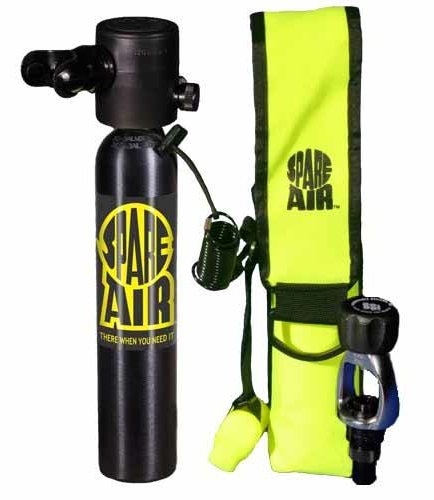 Submersible Systems Spare Air Pack - Model 300 - 3cuf
Submersible Systems Spare Air Pack - Model 300 - 3cuf
- Price A$ 549.00
-
 QYSEA Fifish E-MASTER - Inspection - Measurement - Survey
QYSEA Fifish E-MASTER - Inspection - Measurement - Survey
- Price A$ 19,000.00
-
 Inon Optical D Cable Type L Rubber Bush Set 2
Inon Optical D Cable Type L Rubber Bush Set 2
- Price A$ 139.00
-
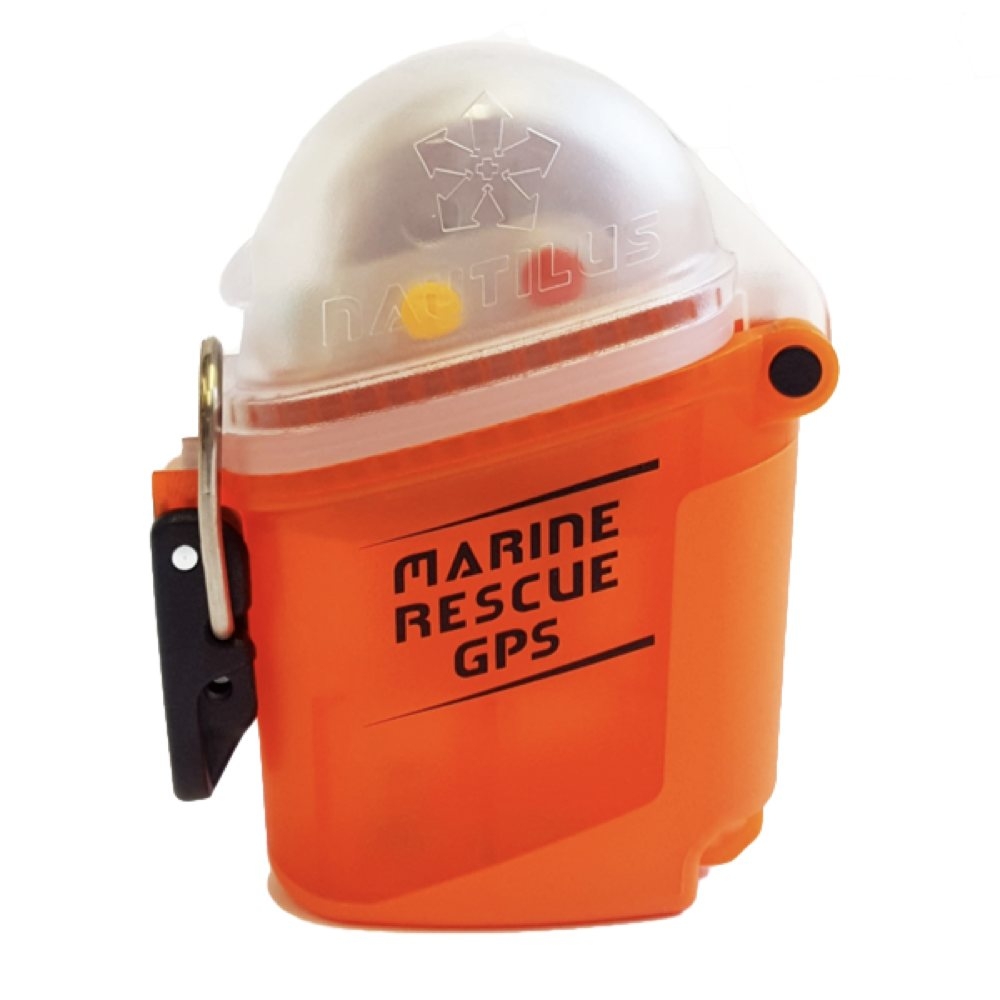 Nautilus Lifeline Marine Rescue GPS - nexGen
Nautilus Lifeline Marine Rescue GPS - nexGen
- Price A$ 439.00
-
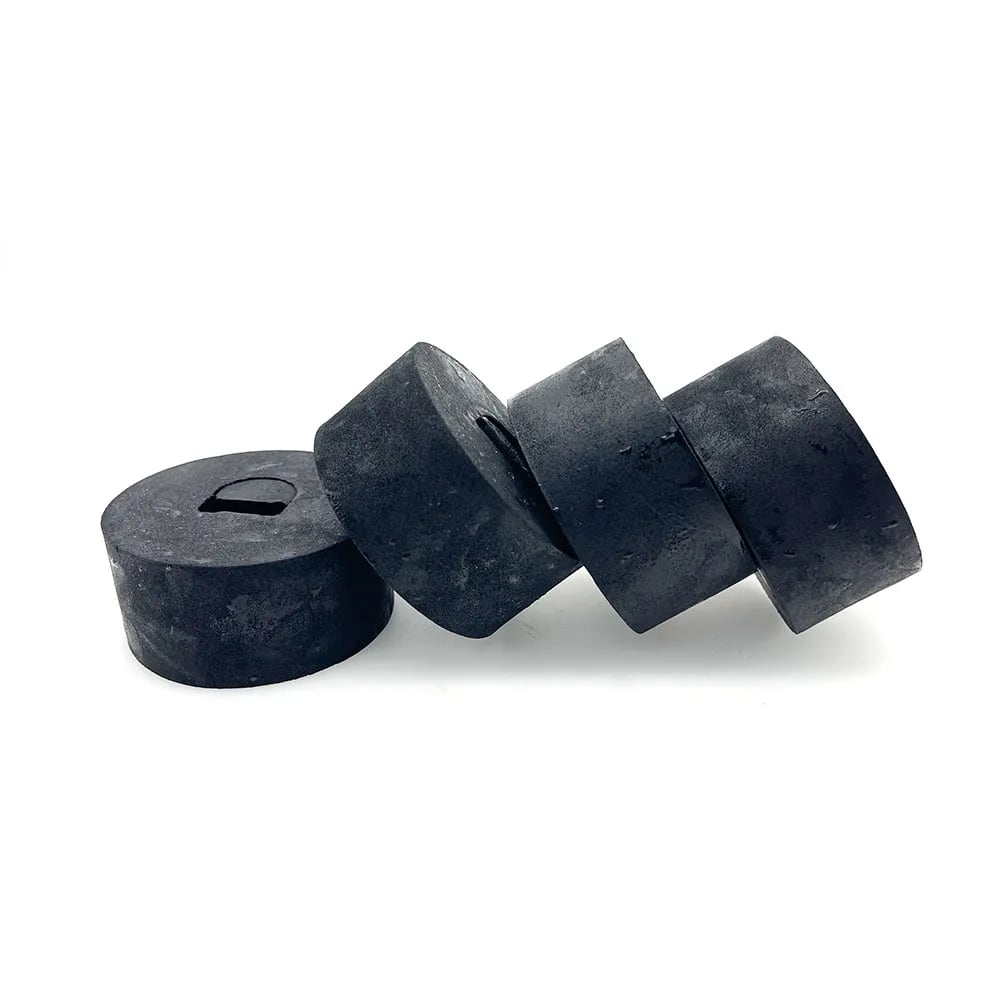 Nitescuba Float Block FAXS/FAXM
Nitescuba Float Block FAXS/FAXM
- Price A$ 59.95
-
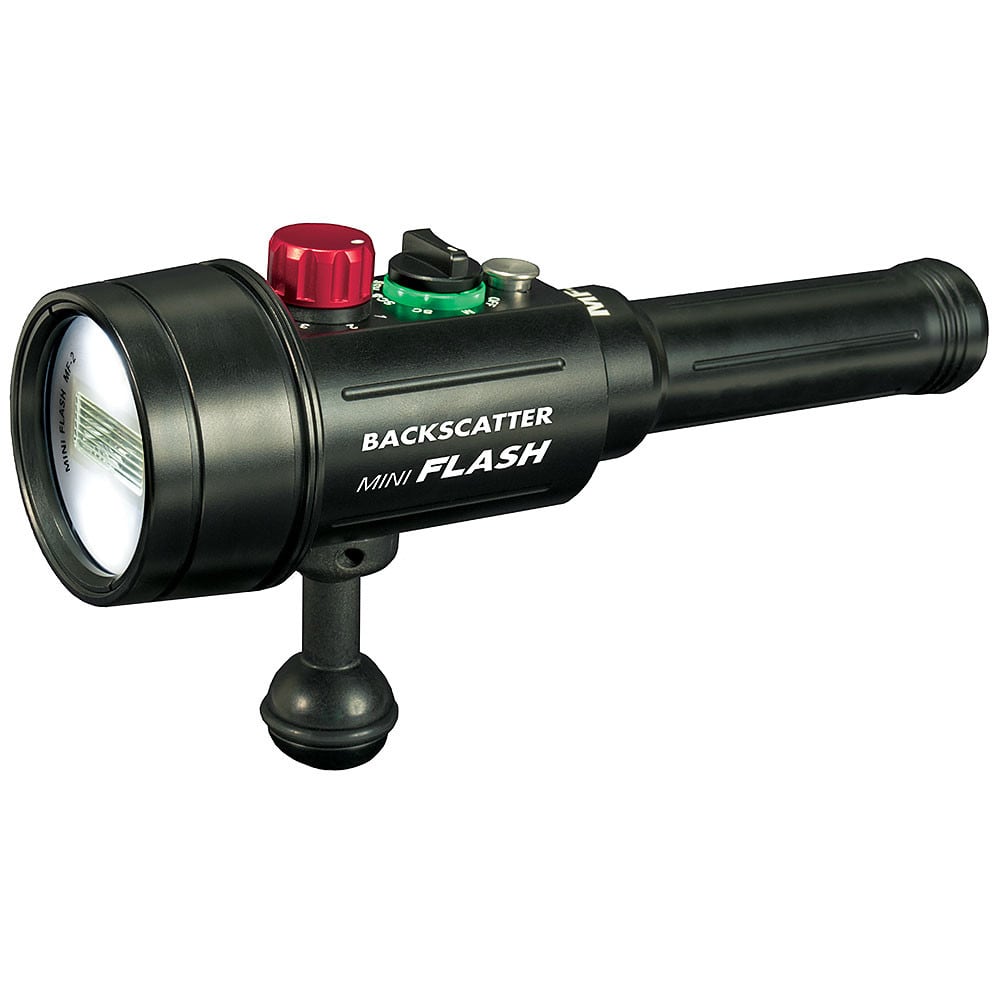 Backscatter Mini Flash 2 Underwater Strobe MF-2
Backscatter Mini Flash 2 Underwater Strobe MF-2
- Price A$ 649.00
-
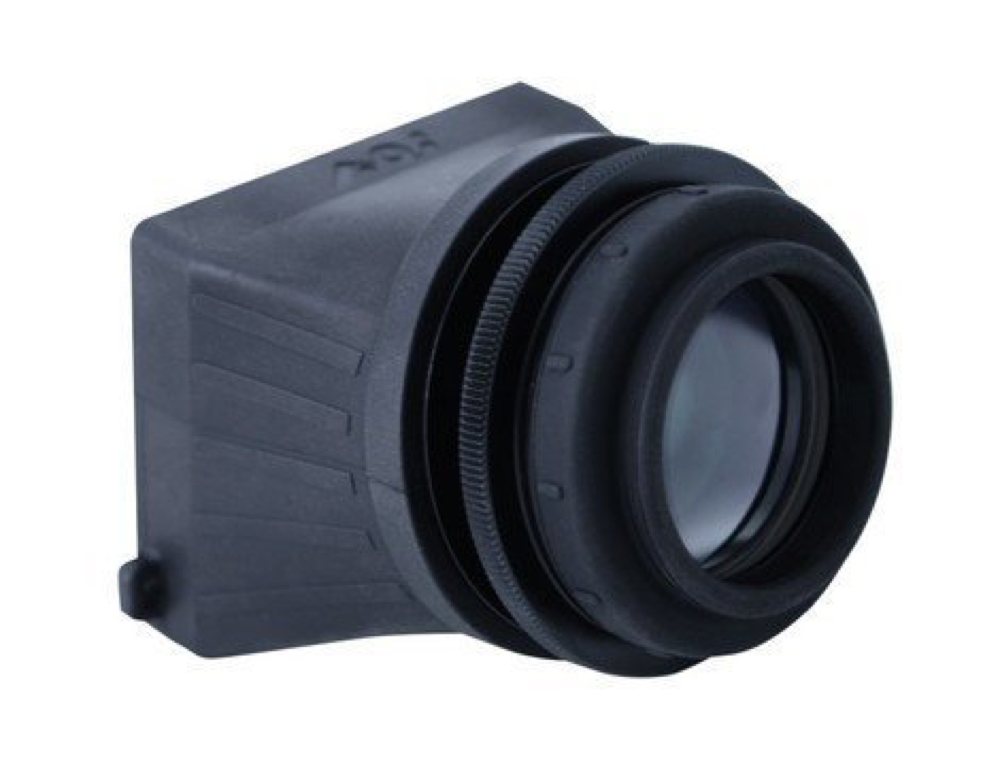 AOI UMG-01 LCD Underwater Magnifier for Olympus and OM System
AOI UMG-01 LCD Underwater Magnifier for Olympus and OM System
- Price A$ 269.00
In the Directory





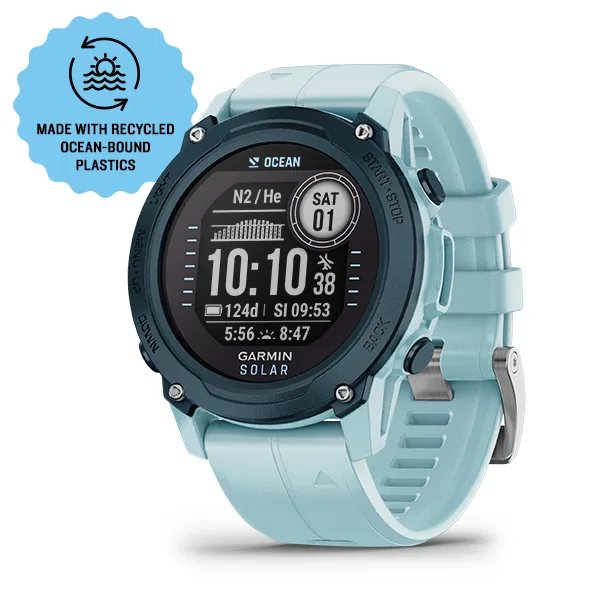
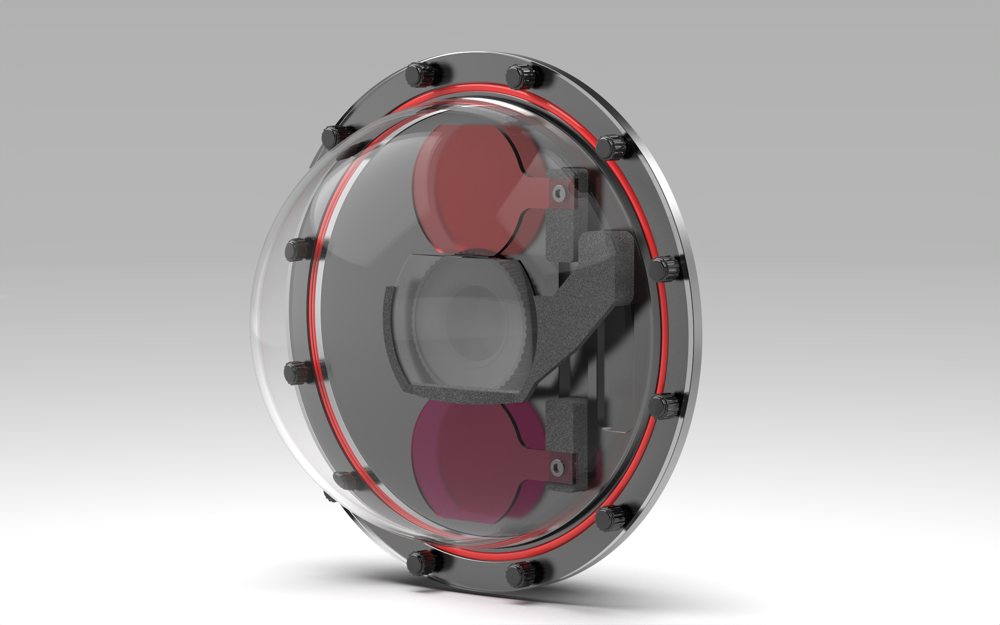
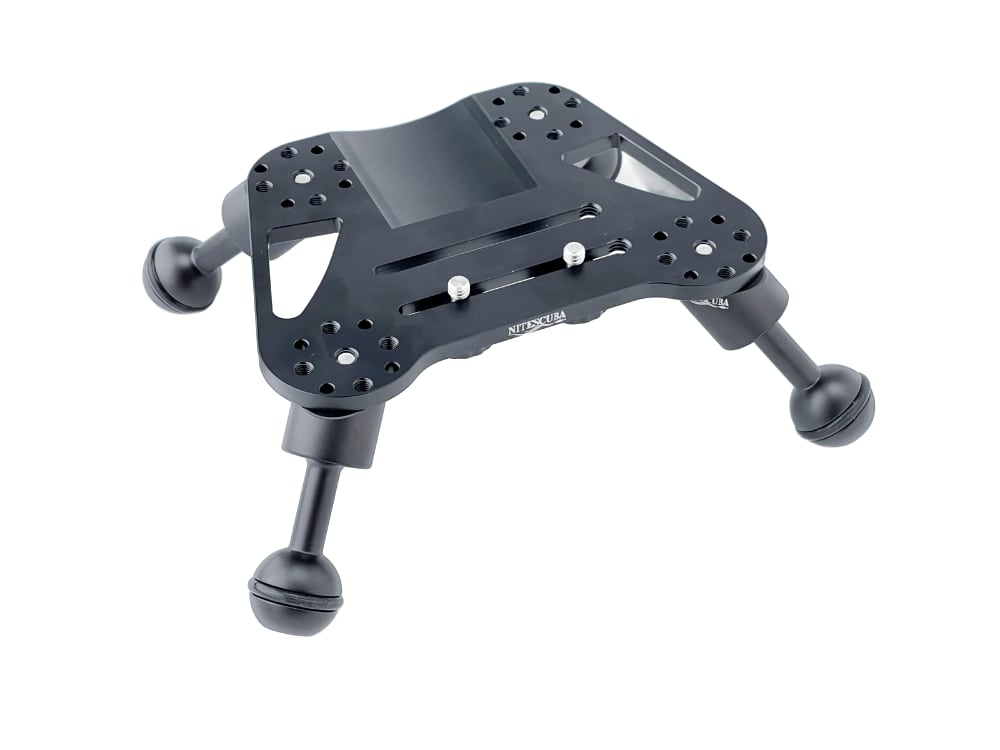

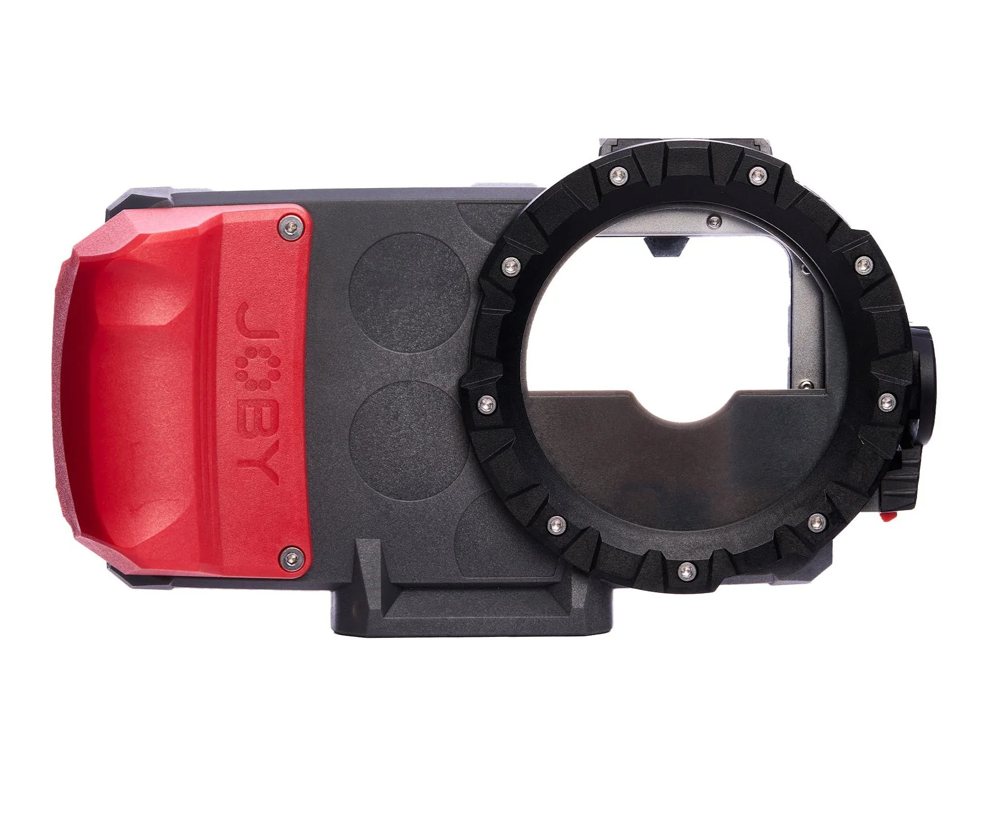
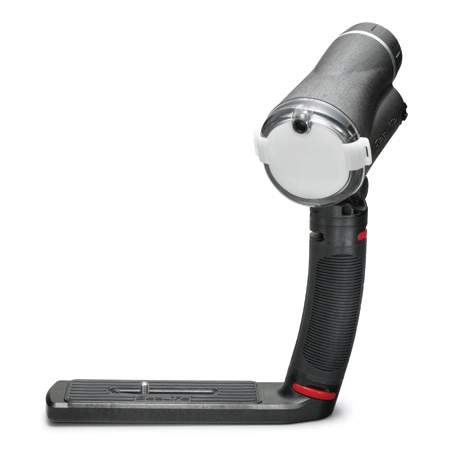



 QYSEA Fifish V-EVO - Underwater Drone Kit 4K - 60fps - optional grabber arm
QYSEA Fifish V-EVO - Underwater Drone Kit 4K - 60fps - optional grabber arm 



